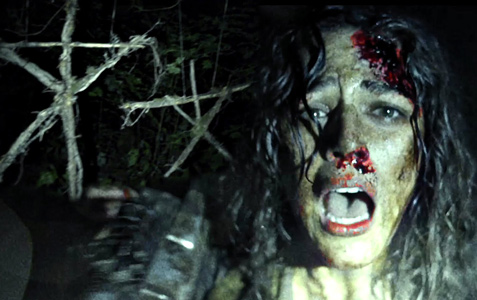Finding Footing with Found Footage: Why the toolset works when used correctly

The term “found footage” can easily evoke eye rolling from genre fans. After a glut of terrible movies using the gimmick as a way to cheaply make films with minimal scares, it’s easy to understand why so many people are hesitant to embrace the tool as a way to tell the story. And it makes sense: it is less expensive to use every day cameras; there’s less attention needed to detail for shot framing and audio control; and lazy scriptwriting can be easily passed off as verisimilitude of how people would talk in a situation. But while there have been many, many terrible films made using the found footage gimmick, there have been enough good films that understand how to use it and showcase why this cinematic tool has survived for over 40 years. With a new “Blair Witch” film on the horizon, using the same technique as the first, it’s time to reflect on how found footage works so well and why people should embrace it (when it’s done right).
As previously stated, there have been multiple good films that use found footage correctly: “Cannibal Holocaust,” “The Last Broadcast,” “The Blair Witch Project,” “Cloverfield,” parts of “V/H/S 2,” “REC” and the “WNUF Halloween Special.” True, for each of these films, there are probably 10 terrible ghost story movies that rely on cheap startling moments without any character development or interesting narrative moments. What sets these films apart from the slogfests of the “Paranormal Activity” imitators are that they are made by people with clear intent, an understanding of tone and atmosphere, and a real investment in telling a story. While others cash in on the “craze” of found footage, these films were made to tell a story using the medium to highlight characterizations and provide a fresh perspective on well-worn territory. So to dismiss this technique outright because of all the weak entries is akin to not watching “Jaws” because of all the hackneyed “man vs. nature” films that came after it.
You can follow us on Twitter and Facebook for content updates. Also, sign up for our email list for weekly updates and check us out on Google+ as well.
Posted in: Entertainment, Movies
Tags: Cloverfield, found footage, found footage movies, REC, The Blair Witch Project










